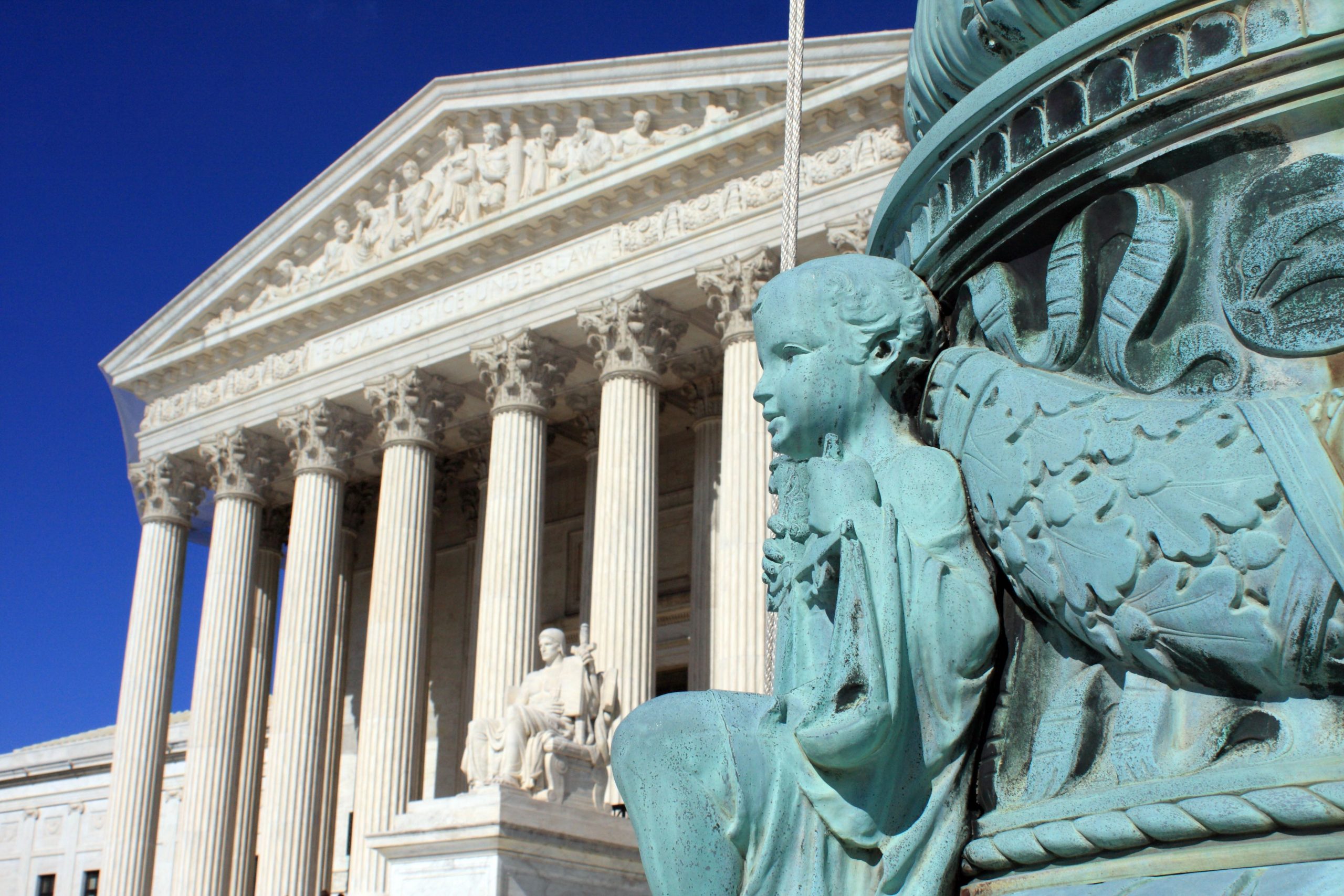Justices will consider reviving lawsuit from deaf student who was denied sign-language interpreter
CASE PREVIEW
on Jan 14, 2023
at 3:31 pm
Sturgis High School, the public school attended by Miguel Perez that is now at the center of a dispute being heard by the Supreme Court. (Sturgis Public Schools)
On Wednesday, in Perez v. Sturgis Public Schools, the court will take up the case of Miguel Perez, a deaf student who says that a Michigan school district failed for years to provide him with a qualified sign language interpreter, leaving him an “academic and social outcast.” The justices will decide whether and when federal education law required him to fully pursue his claims against the school district in administrative proceedings before seeking relief in federal court.
Perez, who is now 24, entered the Sturgis Public Schools when he was nine, after emigrating from Mexico. He never received a qualified interpreter; instead, his school assigned him a classroom aide who lacked any training in working with deaf students and did not know sign language. Just a few months before Perez – who had consistently been named to the honor roll – expected to graduate from high school in 2016, the school district told him for the first time that he would not receive a diploma and qualified only for a “certificate of completion.”
Perez filed an administrative complaint against the school district with the Michigan Department of Education. He alleged that the district had violated both the Individuals with Disabilities Education Act, which requires school districts to provide students with disabilities with a free appropriate public education, and the Americans with Disabilities Act, which (among other things) bars discrimination against children with disabilities in public schools. A state administrative judge dismissed the ADA claim, on the ground that he lacked the power to hear it, and the school board eventually settled Perez’s IDEA claim by agreeing to pay for him to attend the Michigan School for the Deaf.
Perez then went to federal court, where he argued that the school district’s failure to give him the resources to fully participate in class violated the ADA. But the district court dismissed Perez’s case. Because Perez’s federal lawsuit “[a]t its core” sought the same relief that is available under the IDEA, U.S. District Judge Paul Maloney explained, Perez could only file his lawsuit after “exhausting” his claims – that is, going through the entire administrative process available under the IDEA, which includes a hearing and, if necessary, an appeal. Because Perez had settled his IDEA claim before his hearing, Maloney reasoned, he had not “exhausted” his claims.
After the U.S. Court of Appeals for the 6th Circuit upheld Maloney’s ruling, Perez went to the Supreme Court, which in October agreed to weigh in.
In his brief on the merits, Perez tells the justices that the IDEA requires plaintiffs to exhaust their claims before going to federal court only when their lawsuit is seeking the same relief that would be available under the IDEA. Here, Perez insists, he was not obligated to exhaust his claims because his lawsuit under the ADA seeks money damages for the harms that he suffered as a result of the school district’s actions – a remedy, he says, that would not be available under the IDEA.
But even if the IDEA does require Perez to exhaust the IDEA process, he continued, he did exactly that by settling his IDEA claim; doing anything else would be pointless. If the lower court’s interpretation were correct, Perez explained, families like his would be required to “reject reasonable IDEA settlements – and the promise of immediate educational relief – in order to preserve their meritorious claims under” other laws. Such a result, Perez concluded, would be directly at odds with the IDEA’s encouragement of settlements.
The school district insists that Perez is asking the wrong question. The focus of the IDEA, the school said, is ensuring that each student receives a “free appropriate public education.” And the IDEA’s exhaustion requirement focuses on the right that a plaintiff is seeking to enforce – the right to an education – rather than the remedy that he is seeking. The exhaustion rule, the school district posited, “channels grievances, not remedies, through the administrative process.” Therefore, when a plaintiff files a lawsuit under a law like the ADA to enforce his right to an education, the school contends, he is seeking relief that is available under the IDEA, and he must complete all of the available administrative procedures, even when he is seeking a remedy that may not be available under the IDEA.
If Perez prevails, the school district cautions, plaintiffs could circumvent the procedures that the IDEA requires simply by making a request for damages. Indeed, the school district continued, parents “could shift the focus of the dispute to recovering money damages” instead of obtaining a free appropriate public education for their child as soon as possible through administrative procedures. As a result, the district concluded, “some students might never receive” the education that the IDEA guarantees.
This article was originally published at Howe on the Court.





